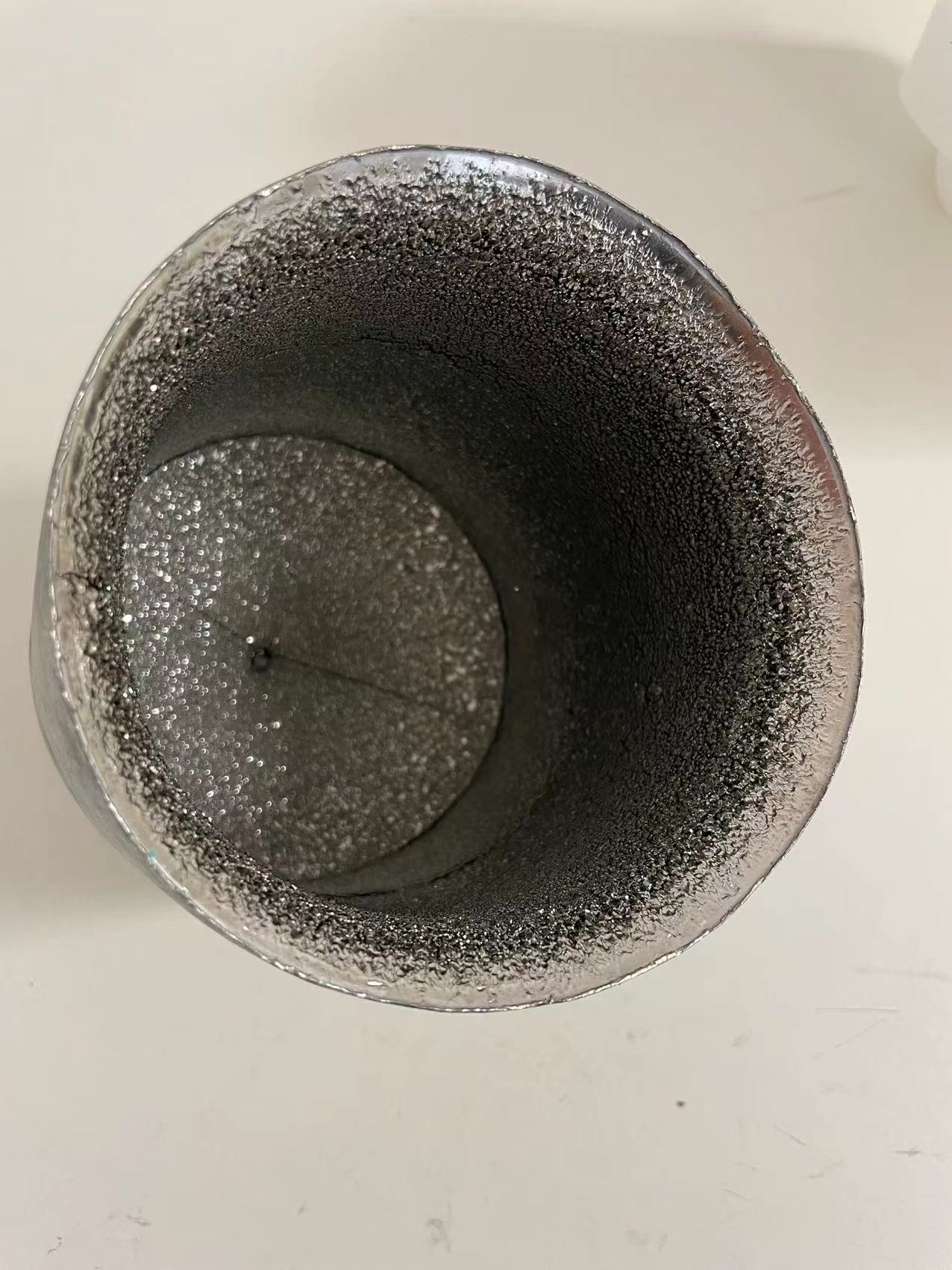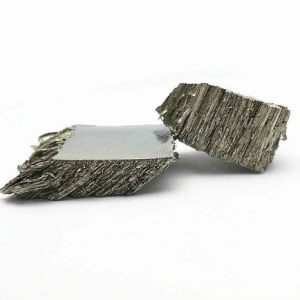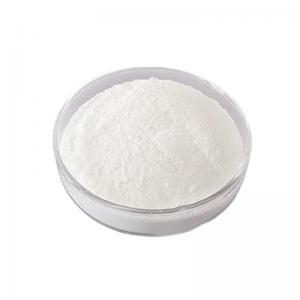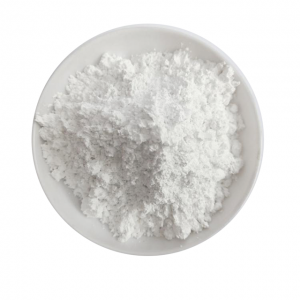Rare earth nobility - scandium

Hunan scandium containing "red soil"
The source of scandium
Scandium not only has a low content in the Earth's crust, about 0.0005%, which is equivalent to 5 grams of scandium per ton of crustal material, but the probability of forming an independent mineral of scandium in nature is extremely low, only 0.4%. The average abundance of scandium in the Earth's crust is comparable to that of beryllium, boron, strontium, tin, germanium, arsenic, selenium, and tungsten, but its distribution is extremely dispersed, making it a typical rare and dispersed lithophilic element. It is known that there are over 800 minerals containing scandium, but as independent minerals of scandium, there are only a few such as scandium yttrium ore, water phosphorus scandium ore, silicon scandium ore, and titanium silicate rare gold ore, with small mineral sources, which are rare in nature. On the other hand, scandium has high chemical activity, making it difficult to produce high-purity metals. The current survey results show that these rare independent minerals are mainly distributed in a few countries in Europe and Madagascar in Africa.

Freshly produced scandium metal
The use of scandium
The application of scandium has only been widely studied in the past 30 years. Due to their rarity and value, scandium and its compounds are like salt, sugar, or monosodium glutamate in the hands of chefs in industrial applications. With just a little bit, they have the finishing touch. Scandium, due to its unique physical and chemical properties, has been used to prepare aluminum scandium alloys, fuel cells, scandium sodium halide lamps, tracers, laser crystals and other products. It has broad applications in special steel, special glass, non-ferrous alloys, high-performance ceramics, catalysts and other fields. Among the current numerous applications, aluminum scandium alloys, fuel cells, and scandium sodium halide lamps have the highest demand for scandium products.
Conclusion
Since its discovery by Nielsen in 1879, scandium has a history of over 140 years, but nearly a century of this has been sitting on a cold bench. Until the late 20th century, the flourishing development of materials science injected vitality into this seemingly cool and low-key element.
At present, many countries have listed scandium as a key or strategic metal, accelerating research in the extraction, extraction, and application of scandium. It is believed that in the near future, scandium products can enter millions of households.

















